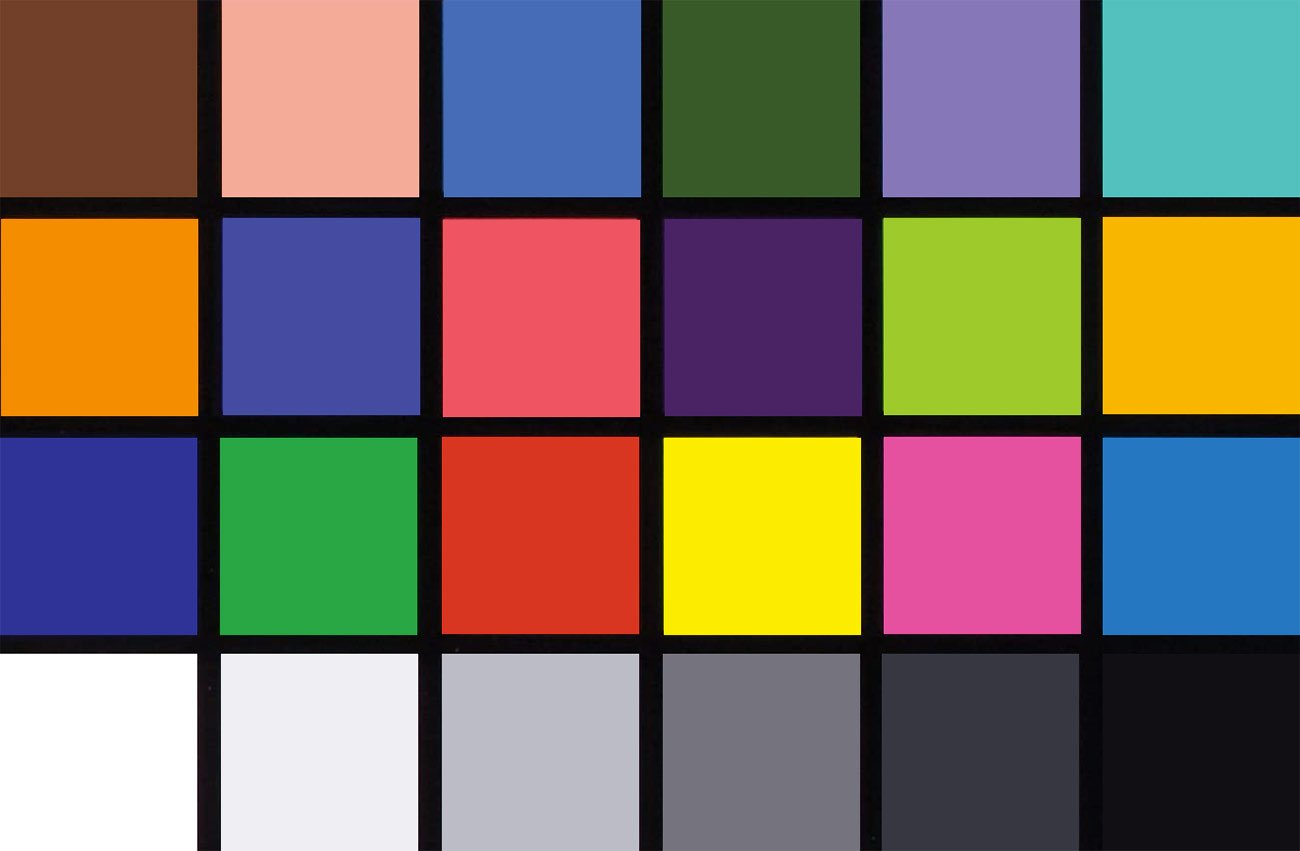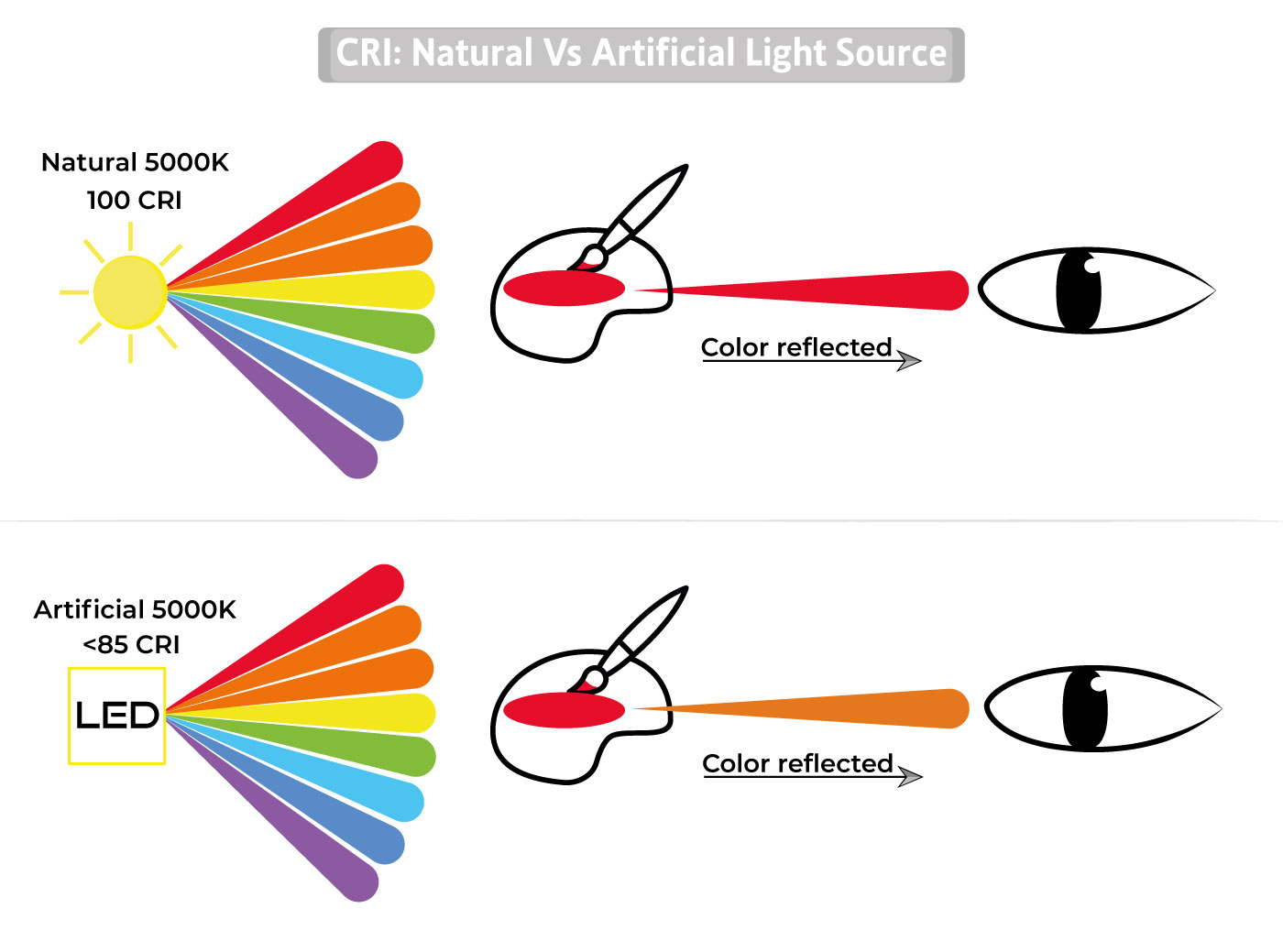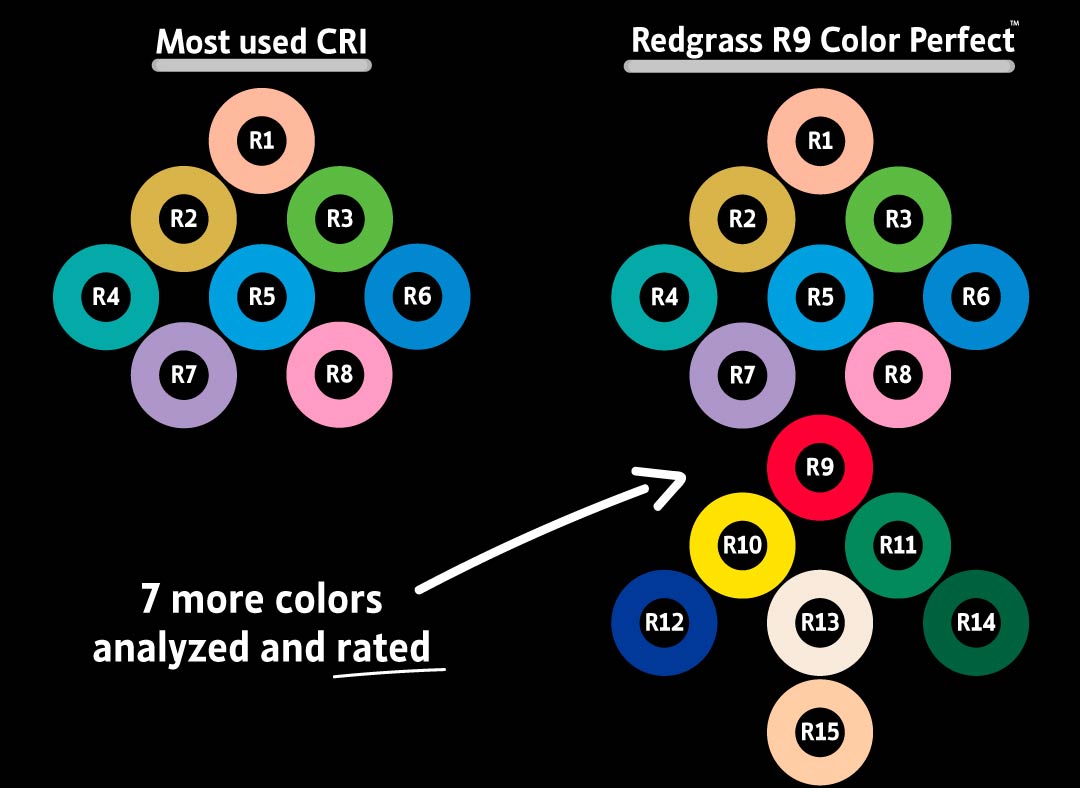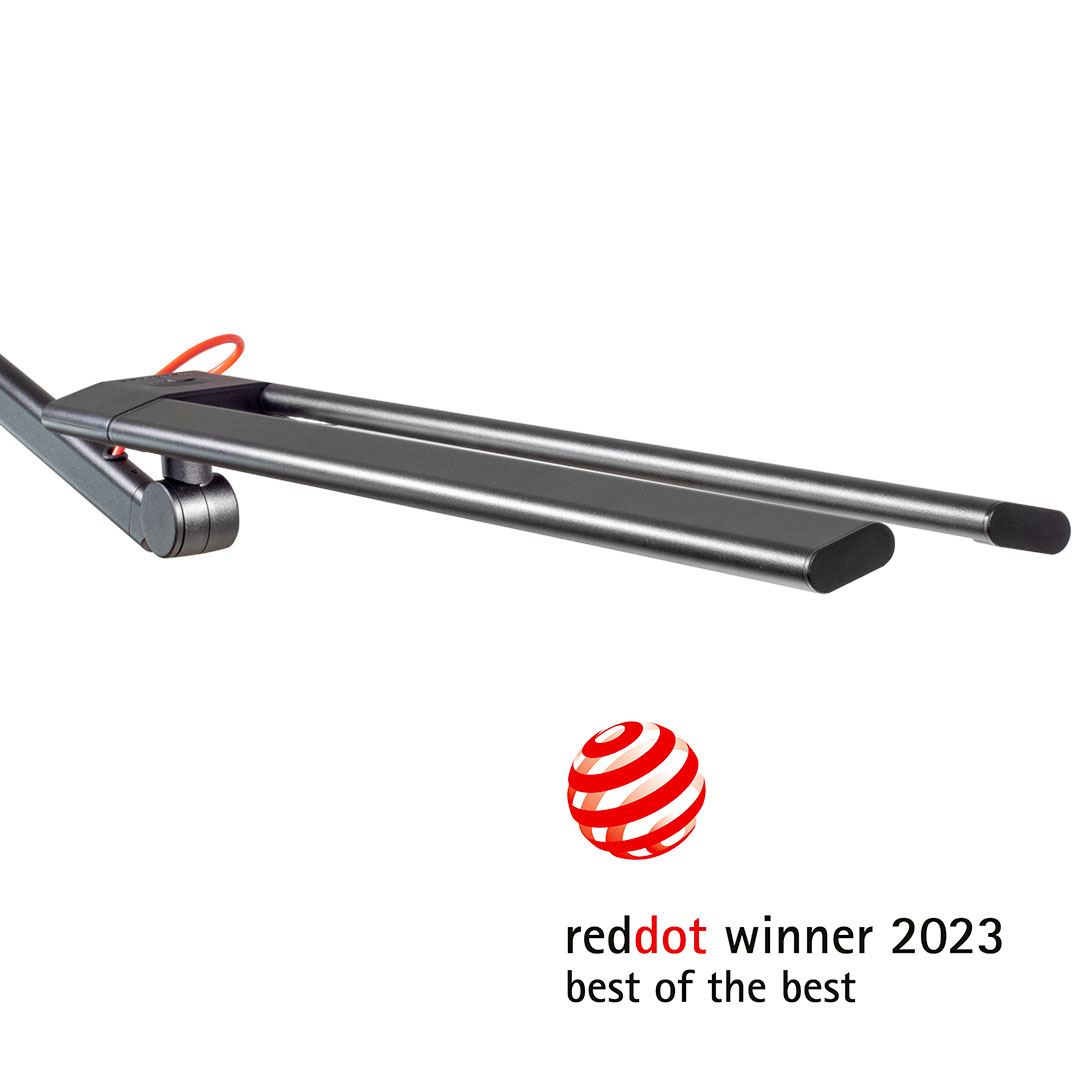
Understanding Color Rendering Index (CRI)

Selecting a light bulb was pretty straightforward before the advent of LED’s.
Now that energy-efficient lighting has gone mainstream, opting for the right light source can be overwhelming with so many light-related terms.
One popular word you’ll come across is the Color Rendering Index or CRI. Unfortunately, people often misunderstand this metric of color quality. Therefore, we’ve put together a guide to explain CRI and its role in lighting.
What Is Color Rendering Index (CRI)?

Color Rendering Index refers to the accuracy of light. In other words, it measures the ability of light to display an object’s color accurately upon illumination.
For example, a green apple appears green because it reflects green wavelengths while absorbing others. However, light sources do not necessarily have the same amount of green wavelength.
Hence, the green apple will reflect a different amount of green light under varying light sources – thus altering its appearance.
The CRI measures a light’s ability to display the actual colors of an object. Hence, without a sufficient CRI light source, objects may appear dull or unlike their actual color.
CRI Became Popular In the 1960s
Scientists didn’t study light accuracy well before the emergence of fluorescent lighting. That’s partly because most light sources were close to natural light.
However, when efficient lighting technologies like Sodium lamps and fluorescents surfaced, people raised concerns about the accuracy of light illumination.
This kindled the interest in studying lighting accuracy in mid 20th century. Lighting experts began to explore different artificial light sources to understand their color accuracy.
One prominent organization that conducted the research was International Commission on Illumination (CIE). The organization started its work in the 1960s to establish Color Rendering Index measurement standards.
This led to the birth of the CRI measuring method, which became the global industry standard for measuring the accuracy of an artificial light source.
100 CRI Value Is the Highest
Color Rendering Index, like test scores, is measured on a scale. This means that a higher number implies better ability.
100 CRI score signifies the highest light accuracy of an artificial light source.
It is a convenient method to measure light’s accuracy because it is written as a single quantified number.
CRI values of 95 or above are considered among the best. However, those around 85 and below are considered inaccurate and hence very low quality.
CRI Is Perfect for Measuring Artificial Light Sources
Generally, we’re concerned about the color accuracy of artificial sources like fluorescent or LED lighting.
Why? Because a natural light source is perfect. In fact, artificial light sources are compared to our natural light source the Sun to determine their accuracy.
CRI Compares the Reflected Color of an Object Under Artificial Light Source
An artificial light source doesn’t produce the same color in an object as natural daylight would do.
Say you place a red object in an LED light of 5000K CCT (Correlated Color Temperature). It may display a different red color in the natural light (sun).
Wondering why? It’s because LED lights may have different spectral compositions compared to natural light – even if it’s the same 5000K.

Hence, the red object doesn’t have the same bright red appearance as in the natural light source.
Color Rendering Index (CRI) is thus used to measure the accuracy of an object’s color when placed under a light source.
Color Rendering Index (CRI) Ratings

Different CRI ranges can help determine the optimal range when purchasing LED lights. We recommend choosing a light with a CRI of 95 or above. A Color Rendering Index of 85 is poor. And, anything below that isn’t recommended.
Here’s a brief explanation of different CRI ranges.
Great: CRI 95-100
CRI falling on a 95-100 scale displays the truest colors. It breathes life into artwork, and depicts accurate object colors.
Most Hollywood production sets, art galleries, and premium retail stores use lights with maximum CRI to display colors brightly.
Average: CRI 85-90
Not comparable to the former, but a CRI of 85-90 is considered acceptable because it renders some colors well. It is acceptable for most commercial applications. However, the objects might not appear fully saturated as in the former CRI ratings. So it’s not recommended for artists or any serious users.
Poor: CRI Below 85
Lighting below 80 CRI has low-quality color rendering. Objects under CRI below 85 appear dull and desaturated. This means you’ll struggle to differentiate between colors that appear alike.
How to Measure CRI
CRI is measured by algorithmic calculations when the light source spectrum is measured.
To begin with, you must first determine the light source’s color temperature (Kelvin). This helps select the accurate daylight spectrum for comparison.
Then, the light source must be reflected onto several color swatches called Test Color Samples (TCS). You’ll then compare the reflected colors and determine the R score for each color swatch.
The “R” value of each color signifies the ability of the light source to reproduce a specific color accurately. So, to determine the overall CRI ability of a light source across several colors, the Color Rendering Index formula considers an average of R values.
How many R values will you average is something that depends on the CRI definition you’ll consider – general R1 to R8 or extended R1 to R15!

The Importance of Color Rendering Index
CRI plays a vital role in determining the performance of an artificial light source. Buyers have gradually acknowledged the advantages of purchasing high-CRI lighting for arts and crafts, workplace productivity and commercial environment efficiency.
Here’s why an optimal Color Rendering Index rating is crucial in everyday life.
Arts and Craftmanship

The optimal Color Rendering Index is a key element to every photo studio, workshop. Even a desk to practice a hobby, a craft or a DIY project benefit from a high CRI light because when you have selected a color you want to make sure the render is as accurate as possible. You don’t want a low CRI Led lamp be responsible to a poor choose of colors or any mistakes.
Commercial Use and Productivity

Likewise, high Color Rendering Index is also preferred among customers and retail outlet owners. The ability of light to display accurate colors enables commercial owners to make buildings visually appealing.
Likewise, consumers prefer visiting shops with better CRI lighting to accurately view products they intend to purchase.
Increased productivity is yet another perk of the high Color Rendering Index. Your workplace or study room illuminated with high CRI makes the ambience vibrant and active. Hence, it encourages you to work with more attention.
Conclusion
A tech-savvy person would want to check various light metrics for obvious reasons. Knowing different light-related terms helps you purchase the most accurate lighting for indoor and commercial spaces.
Color Rendering Index (CRI) is yet another value that breathes life into colors illuminated by a light source. Ensure to buy a light with a high CRI rating to enjoy optimal color quality.
Want to know more? Check our FAQ on CRI
Redgrass R9 Desk Lamp, with a CRI of 98, offers the ultimate light experience by displaying accurate object colors. The high CRI rating of the lamp is as accurate as daylight (100 CRI).



